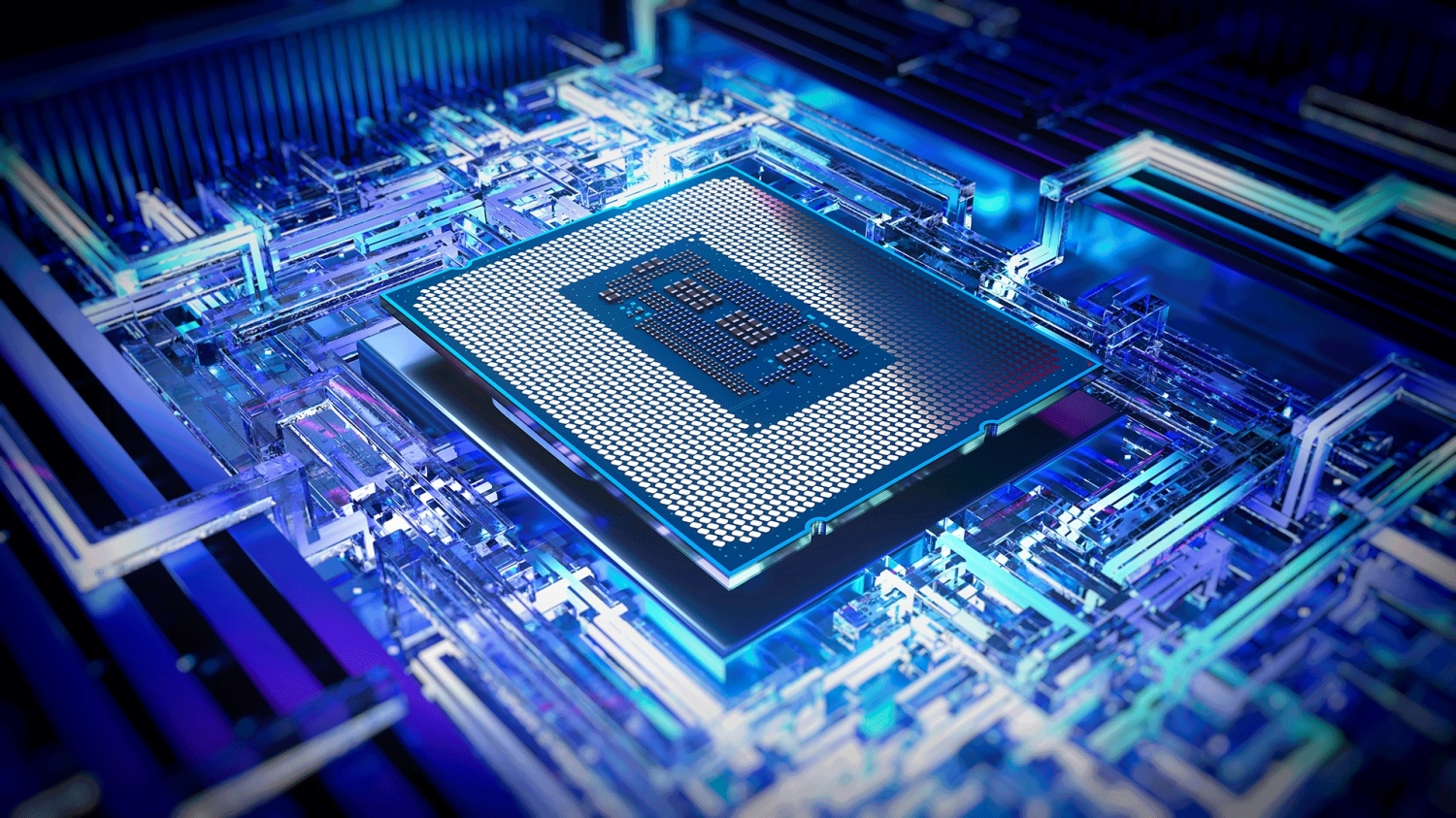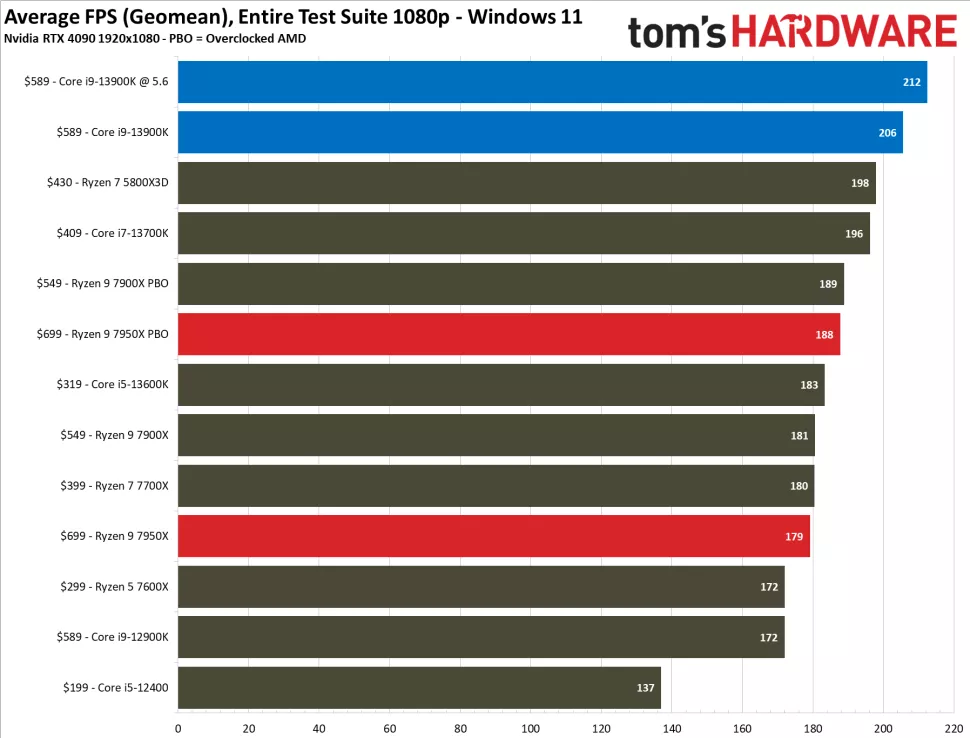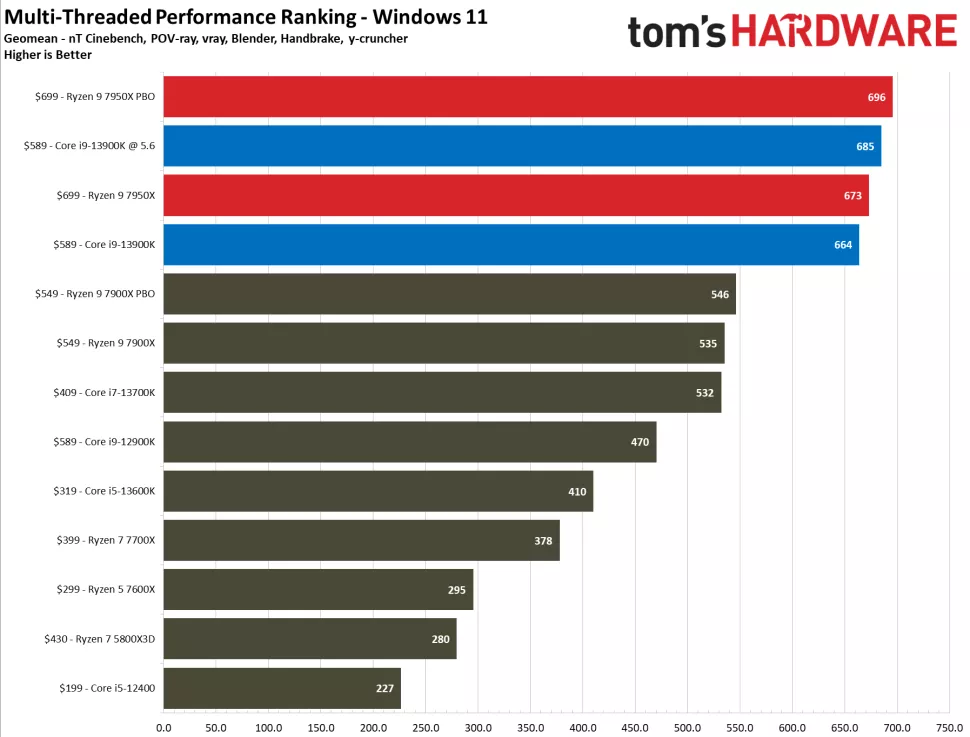erek
[H]F Junkie
- Joined
- Dec 19, 2005
- Messages
- 10,894
Intel Beast Lake
"Beast mode?
Even if Intel is mulling over such a Beast Lake range, as MLID contends, we should remember that it's only experimenting with the idea at the moment, so there's always the possibility that this will all come to nothing and end up scrapped.
MLID also mentioned Panther Lake, the next-gen after Arrow Lake, and how this is supposedly now using a new architecture for the performance cores (Cougar Cove, which may mean it's renamed to Cougar Lake, in fact).
Whatever the case here, we can expect a big performance uplift compared to Arrow Lake - and the latter is already promising seriously major gains itself.
MLID reckons Panther (or Cougar) Lake will offer a 30% to 40% increase for single-core performance, and 15% to 20% for multi-core, in comparison to Arrow Lake. That's with the flagship, which is likely to be an 8+32 (performance/efficiency) configuration processor in both cases for these generations (although Arrow Lake may yet be 8+16 at the top-end).
Intel wants to get Panther Lake to market in good time, we're told, and the schedule calls for a late 2025 release, so a year after Arrow Lake which is due late in 2024. Panther Lake will use the same socket as Arrow Lake, so it won't require a motherboard upgrade.
Overall, Intel's strategy for desktop CPUs is to have these massive gains in future generations down the road - Arrow Lake, Panther/Cougar Lake, and maybe Beast Lake - while settling for treading water in the near term with a simple Raptor Lake refresh which won't be very exciting later this year (Q3 in theory)."

Read more: https://www.tweaktown.com/news/9170...-huge-clocks-to-beat-amds-x3d-cpus/index.html
"Beast mode?
Even if Intel is mulling over such a Beast Lake range, as MLID contends, we should remember that it's only experimenting with the idea at the moment, so there's always the possibility that this will all come to nothing and end up scrapped.
MLID also mentioned Panther Lake, the next-gen after Arrow Lake, and how this is supposedly now using a new architecture for the performance cores (Cougar Cove, which may mean it's renamed to Cougar Lake, in fact).
Whatever the case here, we can expect a big performance uplift compared to Arrow Lake - and the latter is already promising seriously major gains itself.
MLID reckons Panther (or Cougar) Lake will offer a 30% to 40% increase for single-core performance, and 15% to 20% for multi-core, in comparison to Arrow Lake. That's with the flagship, which is likely to be an 8+32 (performance/efficiency) configuration processor in both cases for these generations (although Arrow Lake may yet be 8+16 at the top-end).
Intel wants to get Panther Lake to market in good time, we're told, and the schedule calls for a late 2025 release, so a year after Arrow Lake which is due late in 2024. Panther Lake will use the same socket as Arrow Lake, so it won't require a motherboard upgrade.
Overall, Intel's strategy for desktop CPUs is to have these massive gains in future generations down the road - Arrow Lake, Panther/Cougar Lake, and maybe Beast Lake - while settling for treading water in the near term with a simple Raptor Lake refresh which won't be very exciting later this year (Q3 in theory)."

Read more: https://www.tweaktown.com/news/9170...-huge-clocks-to-beat-amds-x3d-cpus/index.html
![[H]ard|Forum](/styles/hardforum/xenforo/logo_dark.png)




